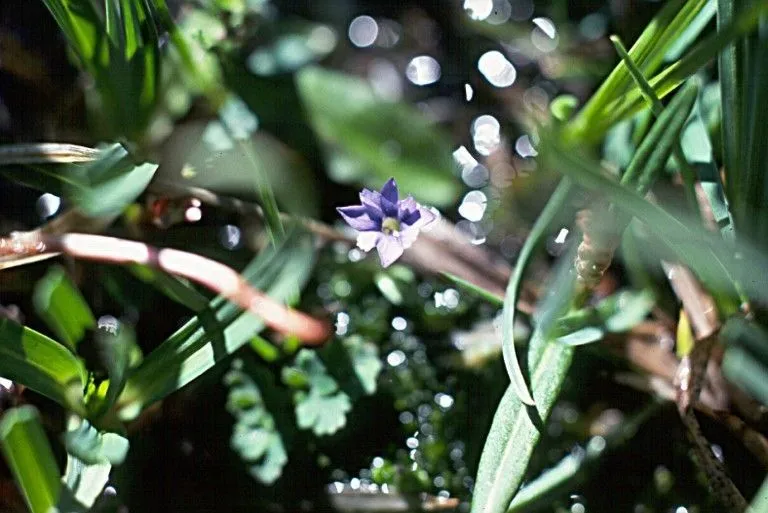
Author: Haenke
Bibliography: N.J.von Jacquin, Collectanea 2: 66 (1789)
Year: 1789
Status: accepted
Rank: species
Genus: Gentiana
Vegetable: False
Observations: E. Alps, NE. Europe to Russian Far East and Iran, Aleutian Is. to WC. U.S.A.
The pygmy gentian, scientifically known as Gentiana prostrata, is a fascinating plant species belonging to the family Gentianaceae. This delicate and intriguing plant was first described by the botanist Haenke and was later included in N.J. von Jacquin’s renowned work “Collectanea” in 1789, specifically in the second volume on page 66.
The pygmy gentian is known for its distinctive small stature, often found adorning the rugged terrains of the Eastern Alps and extending its reach throughout northeastern Europe, reaching as far as the Russian Far East and Iran. It also holds a unique presence in the Aleutian Islands, extending to the western coasts of the United States. This wide geographic range highlights the plant’s remarkable adaptability to various climates and altitudes.
The pygmy gentian typically thrives in cold, alpine environments, where it contributes to the breathtaking tapestry of mountain flora. Despite its name, which suggests diminutive size, this plant stands out due to its striking blue or violet flowers that bloom close to the ground. These blooms are often seen peeking out from the crevices of rocky outcroppings or nestled amidst alpine meadow grasses.
Given its penchant for high-altitude habitats, the pygmy gentian is an integral part of the fragile alpine ecosystems. Its presence is not only a visual delight but also an indicator of the health of its environment, often flourishing in areas that are relatively undisturbed by human activity. The plant’s delicate flowers and low growth form help it to withstand the harsh conditions typical of its native habitats, from freezing winters to short, intense summers.
Botanists and plant enthusiasts are drawn to the pygmy gentian for its exquisite beauty and its representation of the resilient alpine flora. It serves as a reminder of the intricate balance within high-altitude ecosystems and the subtle, yet significant, roles that even the smallest plants play in these landscapes. Efforts to conserve its natural habitats are crucial, ensuring that the pygmy gentian continues to thrive and enchant future generations.
Eng: pygmy gentian, moss gentian
Fra: gentiane penchée
En: Pygmy gentian, Moss gentian
Fr: Gentiane penchée, Gentiane couchée
De: Niederliegender Enzian
It: Genziana a dieci punte
Qu: P’inqa phallcha
© copyright of the Board of Trustees of the Royal Botanic Gardens, Kew.
Taken Jul 25, 2022 by Adele Prina (cc-by-sa)
Taken Aug 20, 2001 by EOL − Dean Wm. Taylor (cc-by-nc-sa)
Taken Jun 1, 2010 by EOL − Gerald and Buff Corsi (cc-by-nc-sa)
Growth habit>: Forb/herb
Family: Myrtaceae Author: (F.Muell.) K.D.Hill & L.A.S.Johnson Bibliography: Telopea 6: 402 (1995) Year: 1995 Status:…
Family: Rubiaceae Author: Pierre ex A.Froehner Bibliography: Notizbl. Bot. Gart. Berlin-Dahlem 1: 237 (1897) Year:…
Family: Sapindaceae Author: Koidz. Bibliography: J. Coll. Sci. Imp. Univ. Tokyo 32(1): 38 (1911) Year:…
Family: Asteraceae Author: A.Gray Bibliography: Pacif. Railr. Rep.: 107 (1857) Year: 1857 Status: accepted Rank:…
Family: Fabaceae Author: Medik. Bibliography: Vorles. Churpfälz. Phys.-Ökon. Ges. 2: 398 (1787) Year: 1787 Status:…
Family: Aspleniaceae Author: (Cav.) Alston Bibliography: Bull. Misc. Inform. Kew 1932: 309 (1932) Year: 1932…